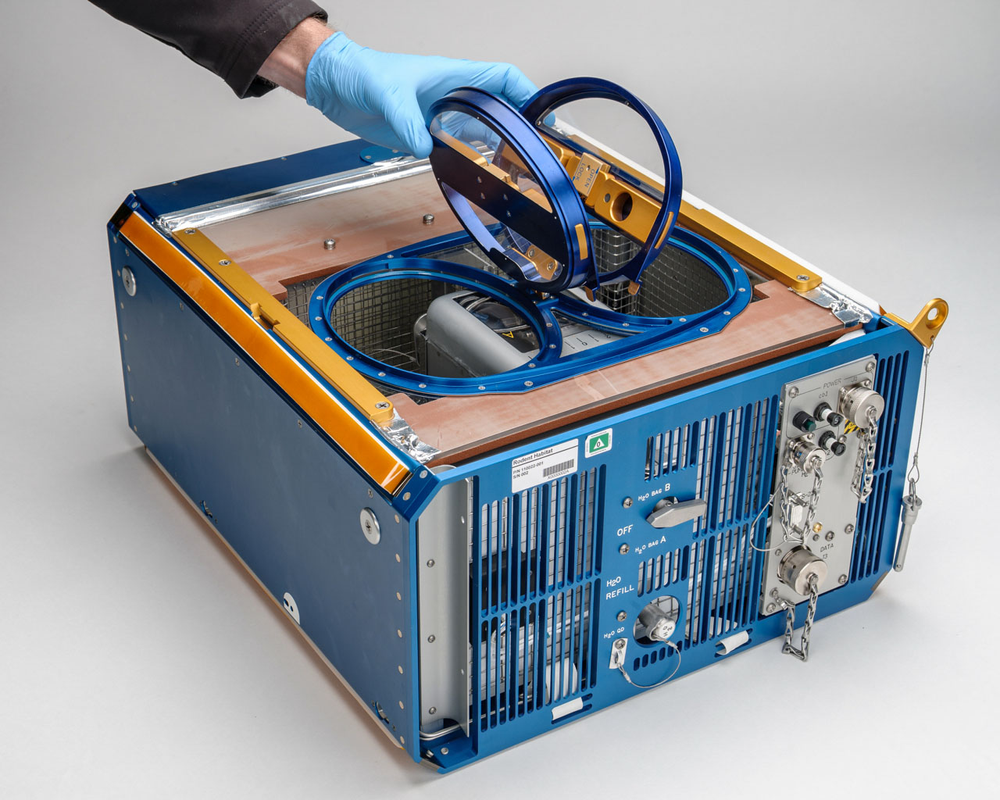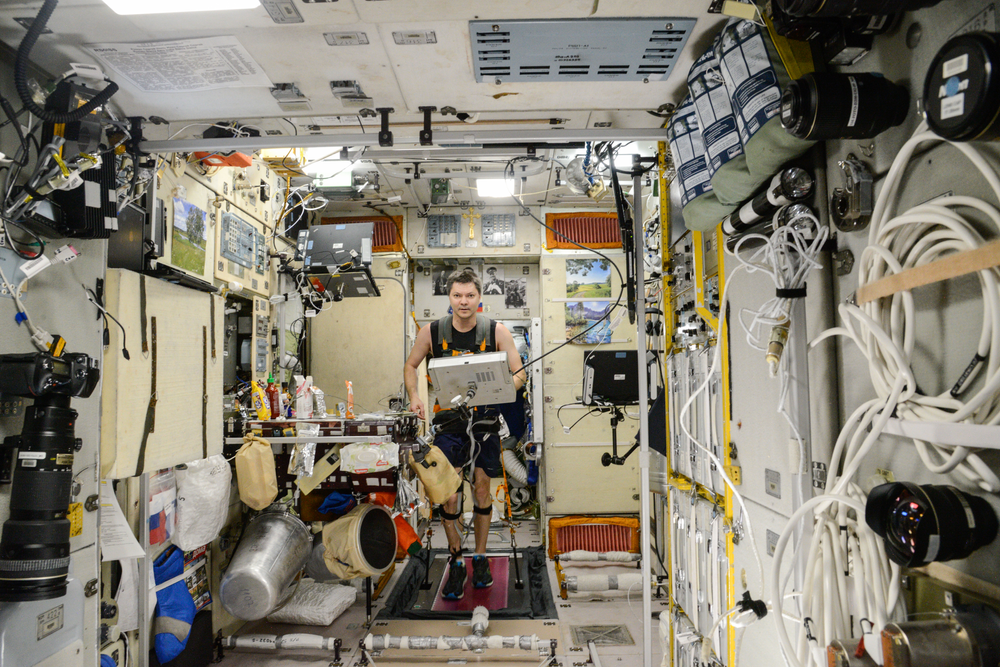Station Science Top News: May 25, 2023
Spaceflight rodents had an increased abundance of two gut bacteria and these bacteria showed enriched function of genes that produce bone density biomarkers. Understanding how microgravity affects the gut microbiome could lead to probiotic therapies to prevent bone loss in astronauts and treat people with osteoporosis on Earth.
Spaceflight causes rapid and significant bone loss. Exercise helps mitigate this loss but bone that is lost cannot be restored, whether in space or on Earth. Rodent Research-5 tested a drug to rebuild bone and block further bone loss. The paper’s authors analyzed the gut microbiome of the investigation’s control rodents, which did not receive the drug therapy. The findings suggest that microbiome alterations play a role in bone loss in microgravity.

***
Researchers attributed reduced control of body position after long-duration spaceflight to changes in the vestibular or balance system. This finding could improve countermeasures to support full recovery of movement and balance after spaceflight.
Motocard, sponsored by the State Space Corporation Roscosmos, showed that the gait of crew members showed obvious instability even after relatively short missions. This study suggests that, when the vestibular system is compromised, crew members maintain body position by increased involvement of hip joints. Difficulty with maintaining upright balance and locomotion lasts several days after landing.

***
Researchers observed certain formations earlier in the solidification of a transparent metal alloy than expected. Clarification of the solidification process could lead to use of this material in applications such as thermal energy storage.
ESA's (European Space Agency) Transparent Alloys-METCOMP observed the solidification process of peritectic alloy systems. Peritectic reactions are formation of a second solid phase from a solid phase and liquid phase at a particular temperature and composition. These alloys are used in various industrial processes. The International Space Station provided a platform to observe the solidification process without the influence of convection.








